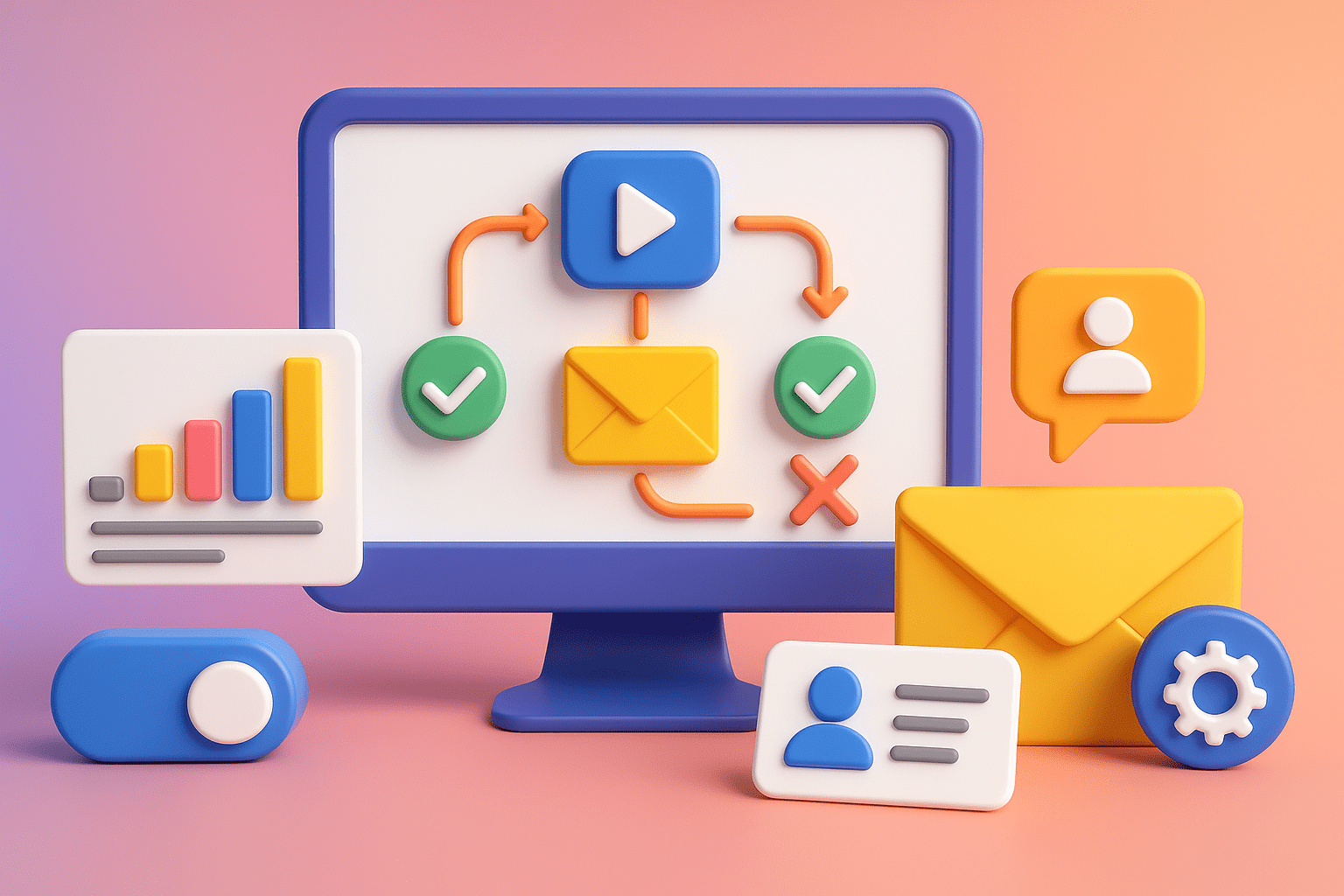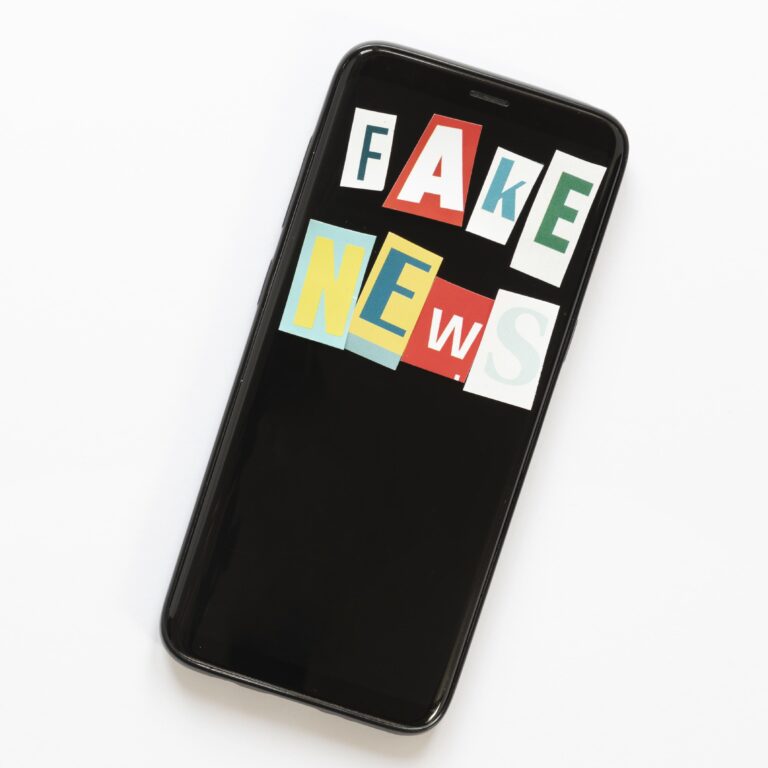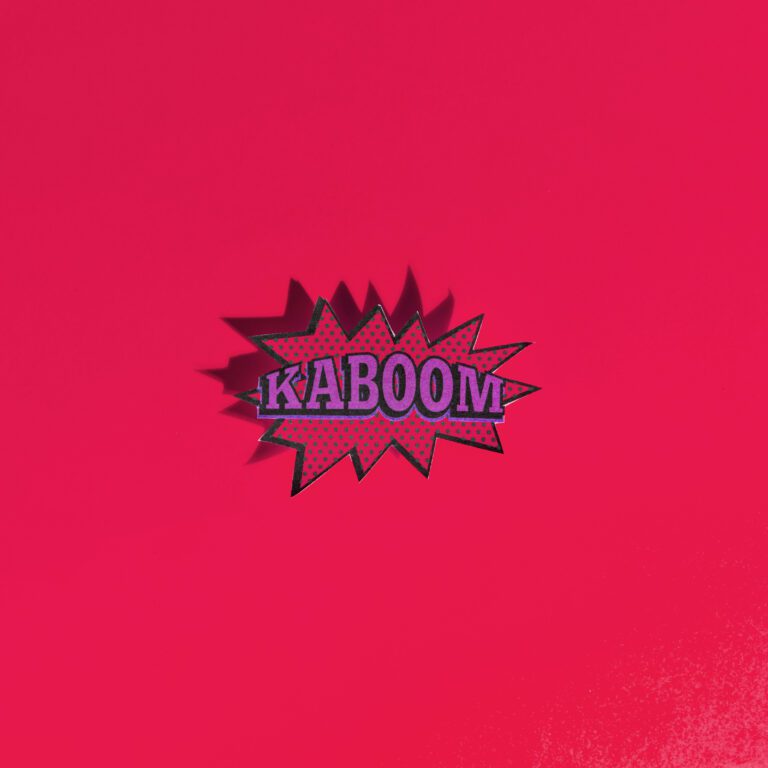Exclusive Behavior-Based Email Marketing Automation Guide for 2025

I hope you enjoy this blog post. If you want Hello Bar to grow your leads, click here.
Author:
Mansi
Published
August 7, 2025

Table of Contents
There’s something nobody tells you when you first start with email marketing automation: almost everyone is running the same playbook.
The moment a new contact joins your list, you hit them with a welcome email. Maybe three, if you’re fancy. Someone fills a cart and bounces? Out go the abandoned cart reminders. Over and over. Every business, every tool, same old moves.
That’s fine for the basics, but let’s be honest—if your whole strategy is just these two things, you’re missing out on what email marketing automation can actually do. I’m talking about the stuff that happens after the obvious triggers. The emails most brands never send, but the ones that actually get opened, replied to, and remembered.
So, let’s forget about the welcome series and abandoned cart for a bit. Let’s talk about the automations that actually make your business feel alive.
Email Marketing Automation: What Most People Do (And Why It’s Boring)
Here’s what 90% of businesses do with email marketing automation:
- Welcome email when someone signs up.
- Maybe a discount code.
- Abandoned cart if they leave without buying.
- Newsletter on Thursdays.
- Random “sale ends soon” blasts every so often.
This is the default. There’s nothing wrong with it, but it doesn’t feel personal. It’s not about the customer. It’s just about you and what you want them to do.
You know why? Because everyone is scared of getting too specific. They don’t want to overthink it, or they assume “automation” just means setting up one or two triggers and calling it a day.
The reality: email marketing automation is supposed to act like you’re actually paying attention. And you can do that with more than just two flows.
Read our guide on Gamified Popups: A Practical Look at Spin-to-Win, Scratch Cards, and Interactive Offers
Real Behavior-Based Email Automation (That Hardly Anyone Uses)
Let’s get practical. The real value comes when you go beyond the obvious. Here’s what that actually looks like:
1. Post-Purchase Review Requests (Not Just “Please Review Us”)
You’ve seen the generic “Please leave a review!” email. That’s not what I mean. A real post-purchase review campaign waits for the right moment.
Let’s say someone buys running shoes. Your email marketing automation waits a week, then asks, “How did your first run go?” No template language. No hard sell. Just a one-question ask.
“Mind hitting reply and telling us how the shoes felt?” Or, “Snap a quick pic from your next run—we’d love to see them in action.”
It feels like someone’s on the other side. Not a robot. Not a script. Just an actual person who cares what you think.
The best part? You can automate it for every product, every customer, at the right moment. Use the purchase date as a trigger. Set a delay that makes sense. Change the wording by product type. If someone buys a gift, don’t ask for a review—ask if the recipient liked it. That’s real email marketing automation.
2. Reactivation Campaigns (Beyond “We Miss You!”)
Everyone’s inbox is full of “We miss you!” emails. Most get ignored. They’re lazy. They tell the customer you noticed they’re gone, but nothing else.
But you can build smarter reactivation flows. For example:
- If a customer bought coffee every month for six months, then stopped, email them when their pattern breaks.
- Don’t just send a discount. Ask: “Did you change your coffee routine? Need help picking a new blend?”
- Offer a poll: “Tell us what’s changed and we’ll recommend something different.”
Email marketing automation lets you use purchase frequency, average order value, or product category to trigger a message that actually fits the person. The message isn’t “come back”—it’s “we noticed you, and we’re curious.”
You can automate all of this. Just set up segments based on buying patterns and let the system trigger when someone falls out of their normal rhythm.
3. Product Use Journeys (Triggered by Actions, Not Time)
Let’s say you sell something that takes a bit of getting used to. Maybe a smart thermostat, or a software tool.
Instead of just sending a “thanks for buying” note and hoping for the best, use email marketing automation to check in based on what the customer actually does.
- They haven’t logged in after seven days? Send tips for getting started.
- They used Feature X for the first time? Send an email about Feature Y.
- They hit a milestone (“used the app 10 times”)? Congratulate them. Invite them to a webinar, or ask if they have feedback.
It’s all about listening, even when you’re not online. Your email marketing automation should feel like a smart assistant that always knows what’s next for the customer, and nudges them at the right moment.
4. Cross-Sell and Upsell Flows (Based on Real Activity)

Most upsell emails are random. Someone buys a T-shirt, and now they’re getting socks and belts thrown at them. No context. No timing.
Instead, use email marketing automation to watch for patterns. Here’s how it might work:
- If a customer keeps browsing your site after buying, send a “Still shopping?” email with curated picks based on what they viewed.
- If they bought Product A and most people also buy Product B within two weeks, send a note about Product B—right when they’re likely to care.
- If a user downgrades a subscription or removes items from their cart, ask if they need help, not just a coupon.
This only works if your automation is tied to what people actually do on your site—not just what they did once. Think about real behavior, not just a one-time event.
5. Anniversary and Milestone Flows
Not birthdays. Not “one year since you signed up.” Real, business-relevant milestones.
- “Six months since your first order—here’s what most people try next.”
- “You’ve completed 10 projects with us—want to share your story?”
- “It’s been a year since you started using our platform. How’s it working for you?”
Again, the trick is to use email marketing automation to trigger based on milestones that matter for your business. It’s not about the date—it’s about the journey.
Getting Past “Set and Forget”
Most businesses set up a welcome series, an abandoned cart, maybe a winback campaign, and then walk away. The logic: “We’re automated, so it’s done.” That’s the trap.
The whole point of email marketing automation is that you don’t have to do every single thing by hand. But if all you automate is the stuff everyone else does, you’re just blending in.
You want automations that listen, react, and feel specific. The minute your email looks like it could’ve gone to anyone, you’ve lost the game.
So, what does it take to build automations that matter?
How to Actually Use Email Marketing Automation for These Journeys
Let’s get technical for a second, but not in a “let’s draw a flowchart” way.
Get Your Triggers Right
- Don’t just use time-based triggers. Mix in actions: page visits, repeat purchases, feature use, subscription status changes.
- Example: If a customer visits your “returns” page three times but doesn’t request a return, send a helpful note. Don’t wait for a support ticket.
- Example: If someone keeps opening your product tips but never clicks through, ask if they have questions or need help.
Segment Like a Human Would
Forget the fake segments like “all women aged 25–40.” Instead, segment by real actions.
- Bought once but never came back.
- Used to buy monthly but stopped.
- Hasn’t finished setting up their account.
- Frequently uses Feature A, never touches Feature B.
Every one of these can be the starting point for an automation. Email marketing automation isn’t just about the message—it’s about when and why you send it.
Personalize, but Not Like a Robot
Nobody cares if you merge in their first name. That’s table stakes. Real personalization comes from context.
- Reference what they did, not just who they are.
- “We saw you checking out the new X—got any questions?”
- “It looks like you haven’t started your free trial yet—can we help?”
The best part? You don’t need a massive team. You just need the right triggers and content that makes sense.
Keep It Short and Useful
If your emails look like novels, nobody will read them. Don’t recap the entire customer journey in a single message.
- Make the ask clear: “Reply and let us know…”
- Be honest: “Did you run into a problem with your last order?”
- Make it about them, not you: “Can we help you do X?”
Email marketing automation works best when it’s just a nudge, not a speech.
Examples: What These Flows Look Like in Real Life
Let’s break it down. Here’s how some of these flows work for real companies:
Outdoor Gear Store
- Product use flow: After someone buys a tent, they get an email after their first weekend trip: “How did setup go? Need any tips?”
- Milestone: One year later, “How’s the tent holding up? Share a story and get $10 off your next adventure.”
SaaS Tool
- Onboarding journey: Didn’t connect an integration? Email, “Most people start here. Want a quick call to set it up?”
- Feature milestone: Used advanced reporting for the first time? Email with a deep dive guide or a video walk-through.
Coffee Subscription
- Pattern break: Customer skips a month. Email, “Coffee break, or just too much at home? Want to pause for longer?”
- Reactivation: After three months away, “Miss your usual beans? Here’s what’s new since you last ordered.”
Each of these uses email marketing automation in a way that makes the customer feel like someone’s actually paying attention—not just a bot firing off stock messages.
Mistakes to Avoid
- Don’t automate for the sake of it. If the message wouldn’t help if you sent it manually, don’t automate it.
- Don’t copy your competitor’s flows. You don’t know if theirs even work.
- Don’t keep the same copy for years. Change it up. Freshen it. If it starts to feel stale, it probably is.
If your email marketing automation isn’t getting replies, or you’re seeing open rates tank, it’s probably because you sound like everyone else.
Tools? Sure, but They’re Not the Point
Yes, there are a hundred email marketing automation tools out there. Pick one that gives you good data, easy triggers, and clear reporting. Don’t overthink the platform. Focus on what you send and when.
Most of the value comes from how you set up the flows and what you actually say. The tool can’t fix bad strategies.
Conclusion
If you want email marketing automation to matter, don’t just tick the boxes. Use it to act like you’re paying attention—even when you’re not. That’s the whole point.






